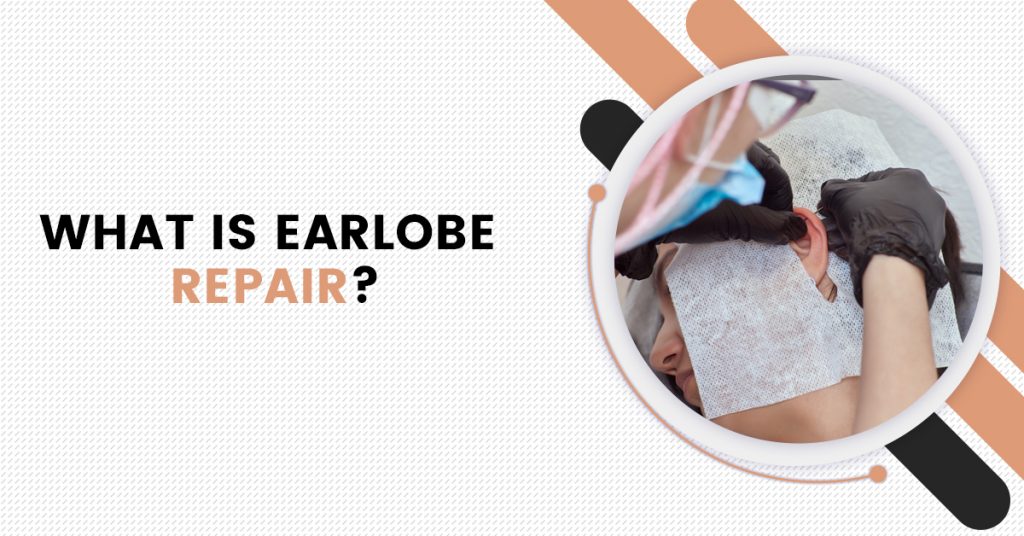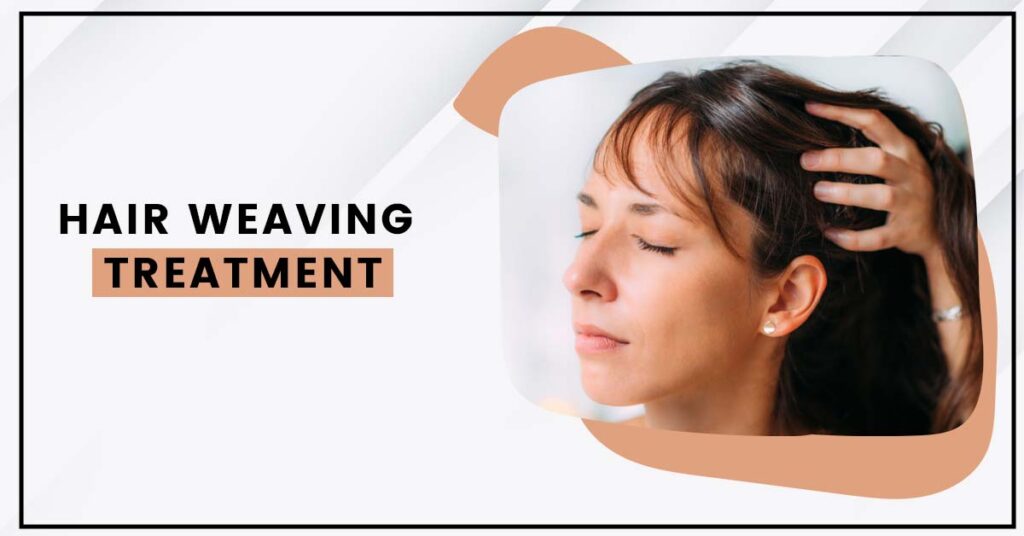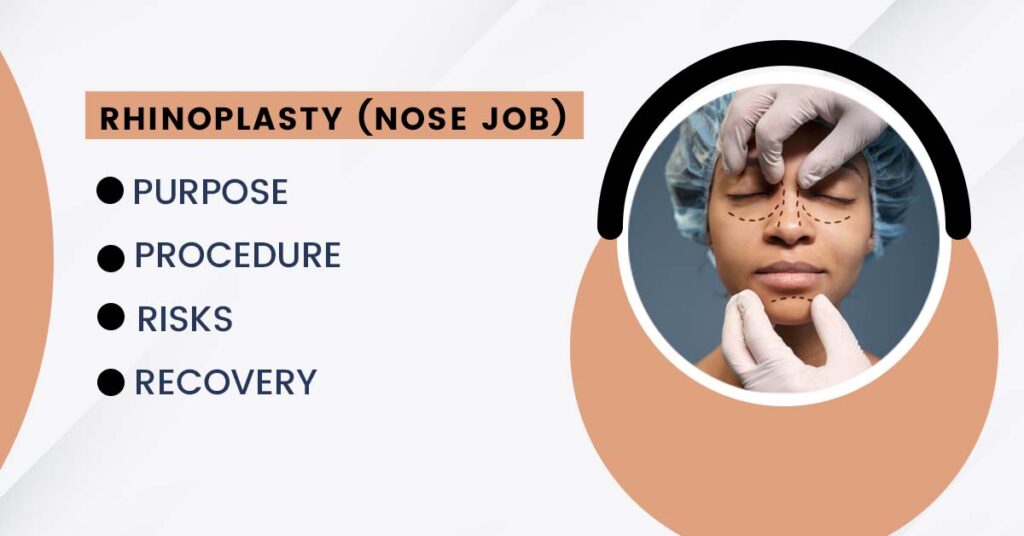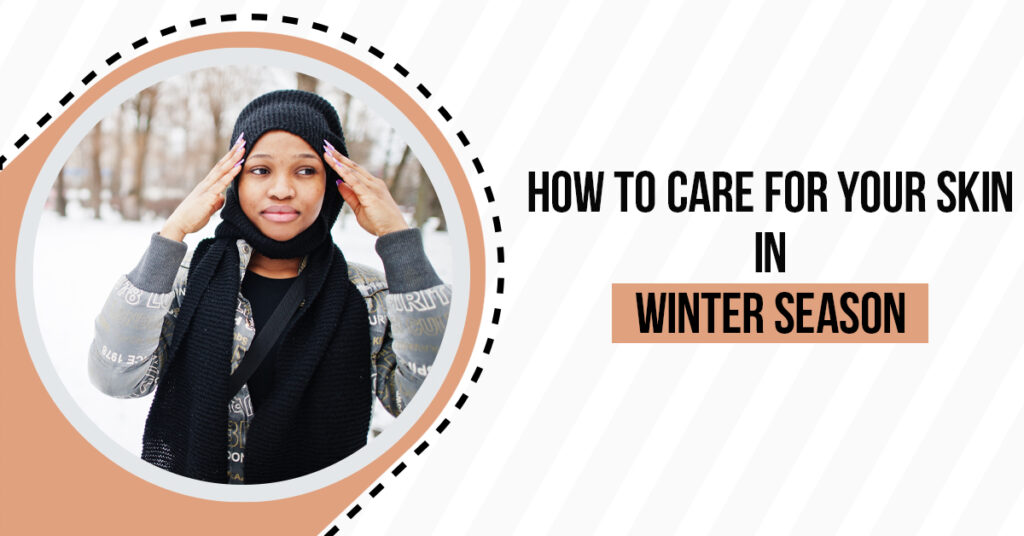What is Rosacea?
Rosacea is a chronic skin condition characterized by facial redness, visible blood vessels, swelling, and sometimes pimples and eye irritation. It typically affects the central face, including the cheeks, nose, chin, and forehead. While its exact cause is unknown, factors such as genetics, environmental triggers, abnormal blood vessels, and immune system responses are believed to play a role.
Symptoms can vary widely among individuals and may flare up periodically before subsiding. Common triggers include sunlight, hot or cold weather, spicy foods, alcohol, stress, and certain skincare products. Although it’s more common in fair-skinned individuals, rosacea can affect people of any skin type or colour.
While there is no cure for rosacea, various treatments can help manage its symptoms and minimize flare-ups. These treatments may include topical medications, oral antibiotics, laser therapy to reduce visible blood vessels, and lifestyle modifications to avoid triggers. Individuals with rosacea need to work closely with dermatologists to develop a personalized treatment plan tailored to their specific needs.
Causes of Rosacea
The exact cause of rosacea remains unknown, but it’s believed to result from a combination of genetic, environmental, vascular, and immune system factors. The following are some possible reasons and aggravating elements:
- Genetics: Family history may predispose individuals to rosacea, suggesting a genetic component to the condition.
- Abnormalities in the immune system: Inflammation and immune system dysfunction may contribute to the development of rosacea, although the exact mechanisms are not fully understood.
- Demodex mites: These tiny organisms that live on human skin have been found in higher numbers on the skin of individuals with rosacea. While their role in causing rosacea is still being researched, their presence may exacerbate symptoms in some cases.
- Vascular abnormalities: Dysfunction in the blood vessels of the face may lead to flushing and redness associated with rosacea. Increased blood flow and the dilation of blood vessels are common features of the condition.
- Environmental triggers: Exposure to certain environmental factors can trigger or worsen rosacea symptoms. These triggers may include sunlight, extreme temperatures, wind, humidity, spicy foods, alcohol, caffeine, stress, and certain skincare products.
- Microscopic inflammation: Inflammatory responses within the skin may contribute to the development of rosacea symptoms such as redness, swelling, and acne-like bumps.
You can read also:- A Checklist to Hair Transplant Surgery Aftercare and Recovery
Symptoms of Rosacea
Rosacea manifests with a variety of symptoms, which can vary in severity among individuals. Common symptoms include:
- Facial redness (erythema): Persistent redness, often in the central part of the face, such as the cheeks, nose, chin, and forehead. The redness may resemble a sunburn or blush and can worsen with triggers like heat, cold, sunlight, or spicy foods.
- Visible blood vessels (telangiectasia): Small, dilated blood vessels that become visible on the surface of the skin, particularly on the cheeks and nose. These blood vessels may appear as fine red lines.
- Flushing: Sudden episodes of facial redness and warmth, often triggered by certain stimuli such as heat, cold, emotions, alcohol, or spicy foods. Flushing episodes may last from minutes to hours.
- Swelling: Persistent or intermittent swelling and puffiness, particularly around the nose, cheeks, and eyes. Swelling can contribute to a feeling of tightness or discomfort in the affected areas.
- Acne-like bumps (papules and pustules): Small, red, solid bumps (papules) and pus-filled lesions (pustules) that resemble acne. These lesions typically occur in clusters and may be tender or sore.
- Thickened skin: In some cases, rosacea can lead to the thickening of the skin, especially around the nose (rhinophyma), resulting in a bulbous appearance. Phymatous changes are more common in men than in women.
- Eye irritation (ocular rosacea): Approximately half of individuals with rosacea experience eye symptoms, such as dryness, irritation, redness, burning, stinging, sensitivity to light (photophobia), and the sensation of having a foreign object in the eye. Ocular rosacea can lead to complications if left untreated.
You can read also:- What Is a Mini Tummy Tuck And Who Can Opt For It?
Treatment for Rosacea
Treatment for rosacea aims to control symptoms, reduce inflammation, and prevent flare-ups. The choice of treatment depends on the severity of symptoms and individual factors. Here are some common treatment options:
- Topical medications: Topical treatments, such as metronidazole, azelaic acid, ivermectin, and sodium sulfacetamide-sulfur, can help reduce redness, inflammation, and acne-like lesions associated with rosacea. These medications are applied directly to the affected skin once or twice daily.
- Oral antibiotics: Oral antibiotics, such as tetracycline, doxycycline, minocycline, and erythromycin, may be prescribed to reduce inflammation and control bacterial overgrowth associated with rosacea. They are often used in combination with topical treatments for moderate to severe cases or when topical therapy alone is insufficient.
- Isotretinoin: In severe cases of rosacea that are resistant to other treatments, isotretinoin, a potent oral medication, may be considered. Isotretinoin helps reduce oil production and inflammation, but it can have significant side effects and requires careful monitoring by a healthcare provider.
- Laser and light therapies: Various laser and light-based treatments, such as pulsed dye laser (PDL), intense pulsed light (IPL), and vascular lasers, can target visible blood vessels, redness, and thickened skin associated with rosacea. These treatments help improve skin tone and reduce flushing and redness.
- Moisturizers and gentle skincare: Using gentle skincare products and moisturizers formulated for sensitive skin can help soothe and hydrate rosacea-prone skin. Avoiding harsh ingredients, abrasive exfoliants, and alcohol-based products is important to prevent irritation.
- Sun protection: Sun exposure is a common trigger for rosacea flare-ups. Protecting the skin from ultraviolet (UV) radiation by wearing broad-spectrum sunscreen with SPF 30 or higher daily, seeking shade, and wearing protective clothing and hats can help minimize symptoms.
- Lifestyle modifications: Identifying and avoiding triggers that exacerbate rosacea symptoms, such as spicy foods, alcohol, hot beverages, extreme temperatures, and stress, can help prevent flare-ups. Keeping a diary to track triggers and symptoms can help identify individual triggers.
- Eyelid hygiene: For individuals with ocular rosacea, practicing good eyelid hygiene, such as using warm compresses and gentle cleansers, can help alleviate eye symptoms and prevent complications like blepharitis and dry eye syndrome.
Conclusion
In conclusion, managing rosacea effectively involves understanding triggers, using gentle skincare, and seeking medical advice. Dr. Jagdeep Rao highlights the importance of personalized treatment plans, including topical treatments and sun protection. With expert guidance from professionals like Dr. Rao, individuals can control their symptoms and improve their quality of life.







